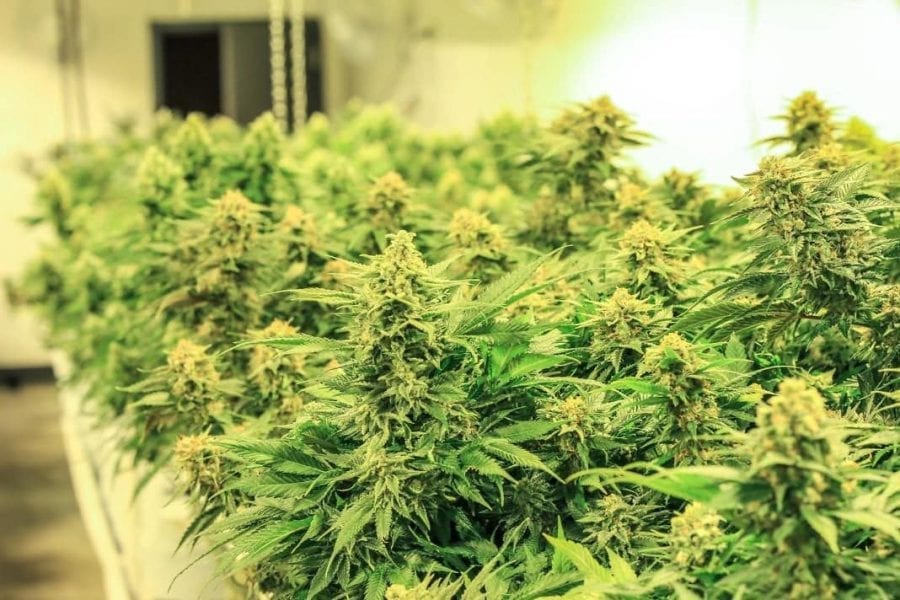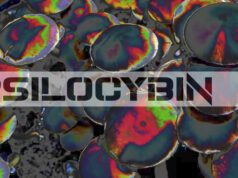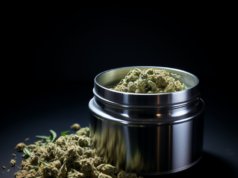Cannabinoids are a class of diverse chemical compounds that act on cannabinoid receptors in the brain. Some active cannabinoids include THC and CBD. They attach to the cannabinoid receptors of cells, which then release chemicals throughout the body.
At most recent count, there are at least 133 types of cannabinoids in cannabis.

Cannabinoid receptors weren’t even discovered until the 1980s. There is still a lot we don’t know about how cannabinoids even work or what most individual cannabinoids do. For instance, tetrahydrocannabiphorol (THCP) and cannabidiphorol (CBDP) were just discovered in the year 2020, and they were trumpeted around the web as being “30 times more potent than THC.” That actually doesn’t mean they get you higher though.
Cannabinoids are concentrated in the resin produced in cannabis trichomes. A short list of prominent known cannabinoids, beside THC and CBD with which we’re already quite familiar:
- THCA (tetrahydrocannabinolic acid) – Precursor to THC, why you need to decarb weed to activate it.
- CBDA (cannabidiolic acid) – Likewise the precursor to CBD, same reason to decarb.
- Cannabinol (CBN) – Chemically similar to CBD, but found in oxidized (aged) weed. Known to contribute to drowsiness.
- CBG (cannabigerol) – Precursor to other cannabinoids, leaving very small quantities naturally. Sometimes called the “stem cell” of cannabinoids.
- CBC (cannabichromene) – Found abundantly. Not psychoactive, is being studied for medical effects.
- CBL (cannabicyclol) – Derived from CBC, even on exposure to light.
- CBV (cannabivarin) – Analog of CBN.
- THCV (tetrahydrocannabivarin) – Homologue of THC. Has some psychoactive effects, is being studied for medical use. Known to decrease the effects of THC, when present.
- CBDV (cannabidivarin) – Homologue of CBD. Some study on medical effects is ongoing.
- CBCV (cannabichromevarin) – Homoloue of CBC. Largely unstudied yet.
On top of cannabinoids, cannabis also contains terpenes, which have their own range of psychoactive and physical effects. Terpenes are also commonly found in other plants.

The study of cannabis cannabinoids has been hampered so far by the strong legal prohibitions against cannabis in much of the world. Thanks to the recent legalization of cannabis, scientific research has begun in earnest. So far we’re making breakthrough discoveries all the time, showing promise that we are on the threshold of a new frontier in understanding the organic compounds in cannabis and their effects.






